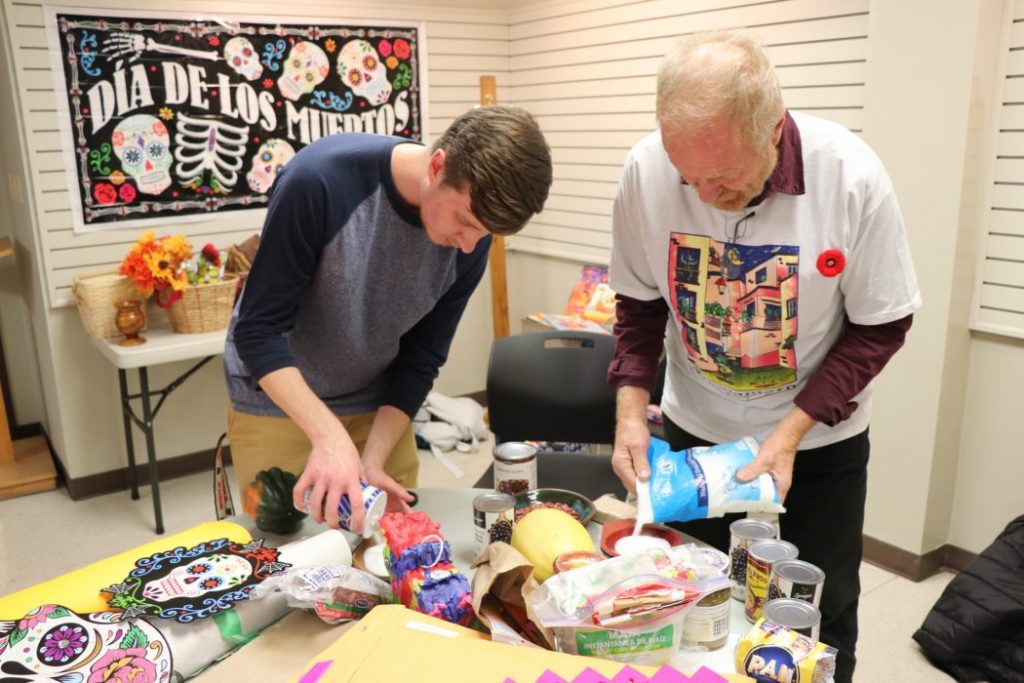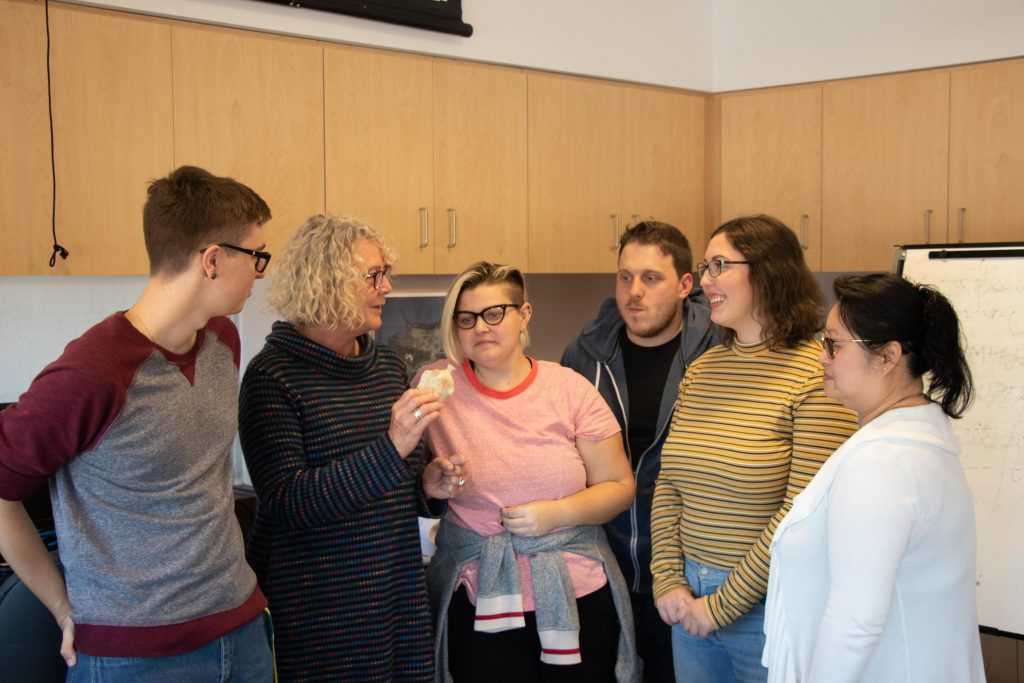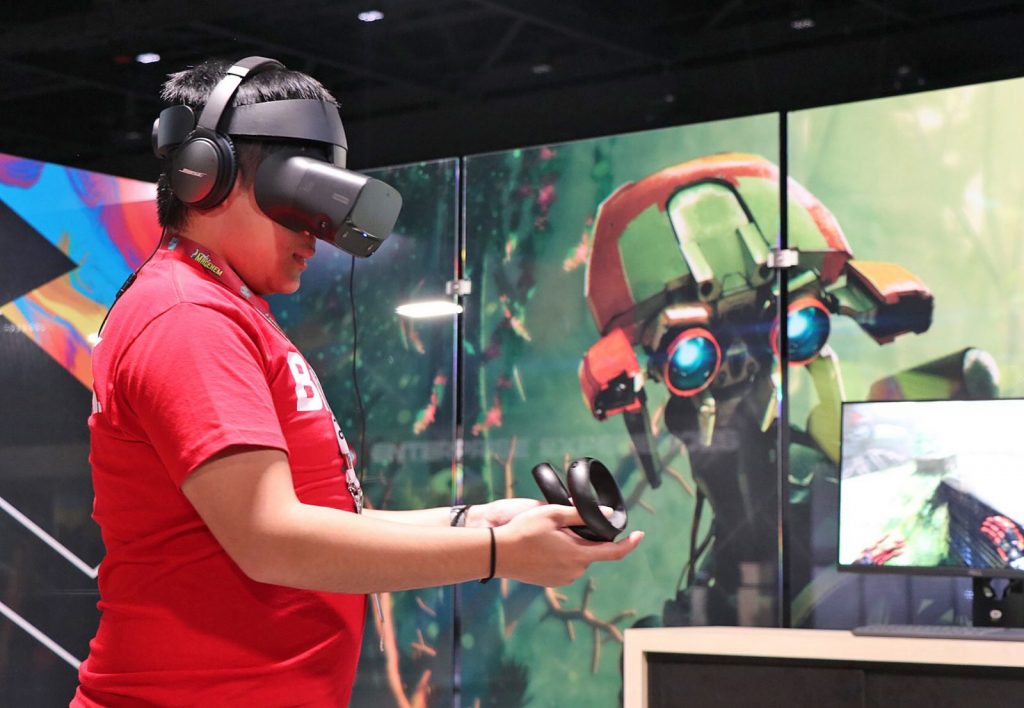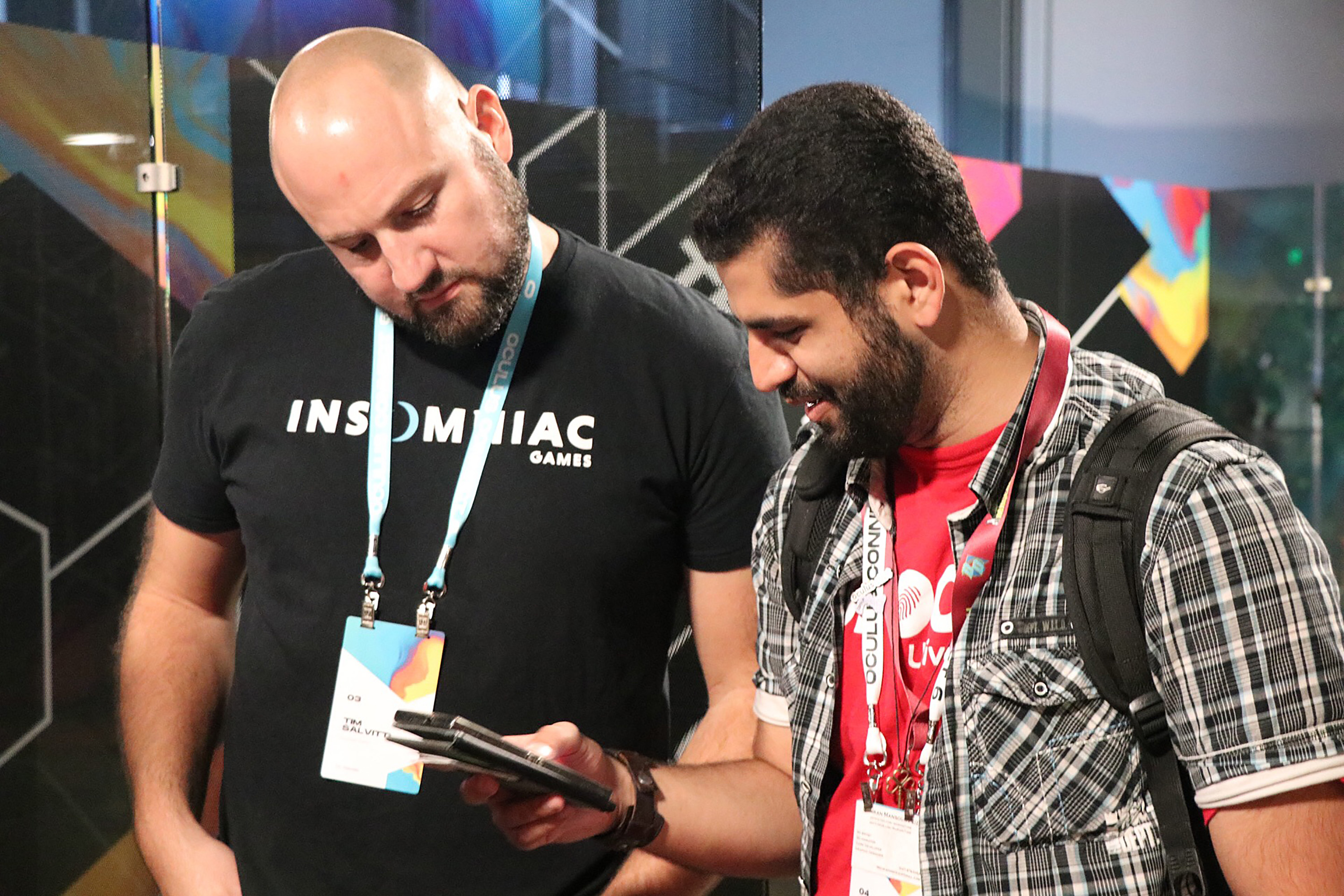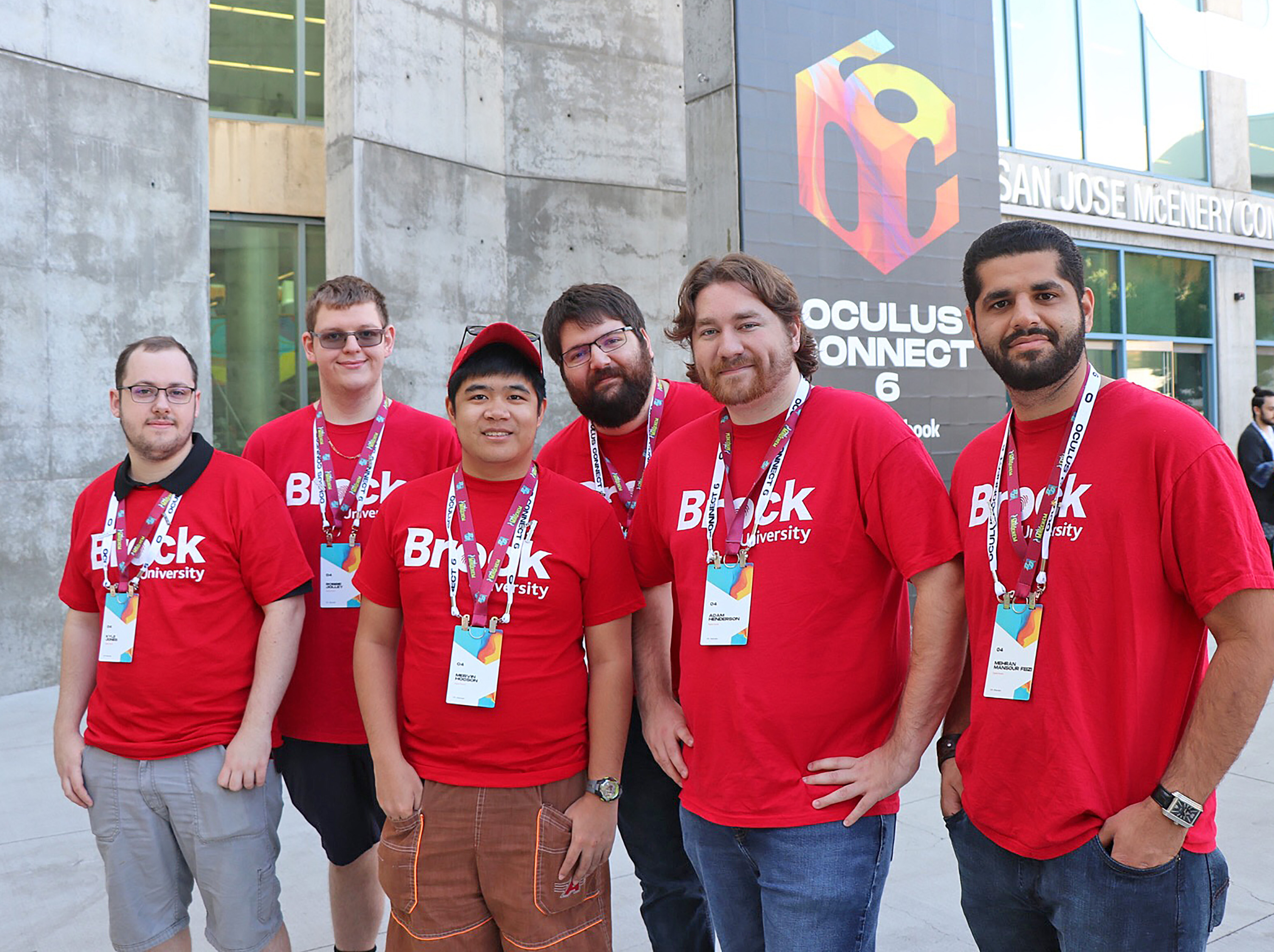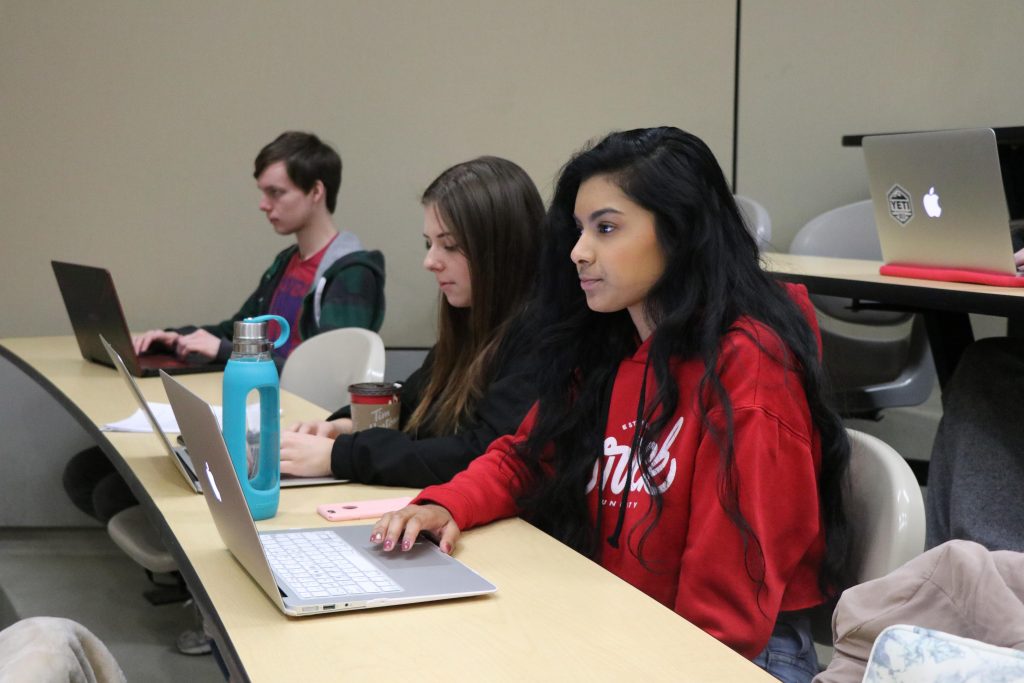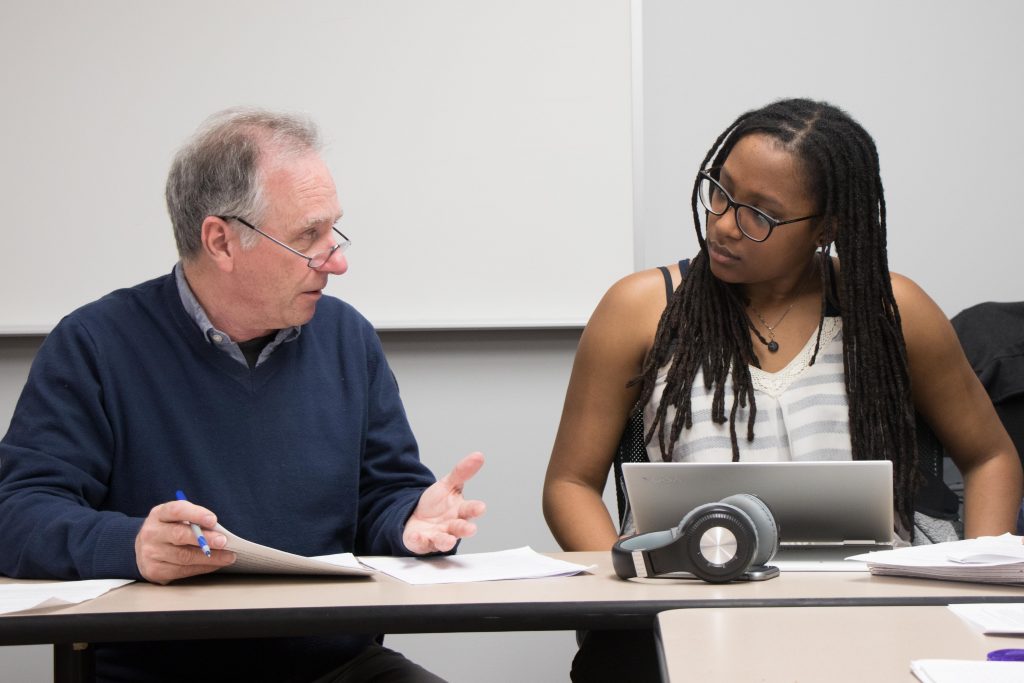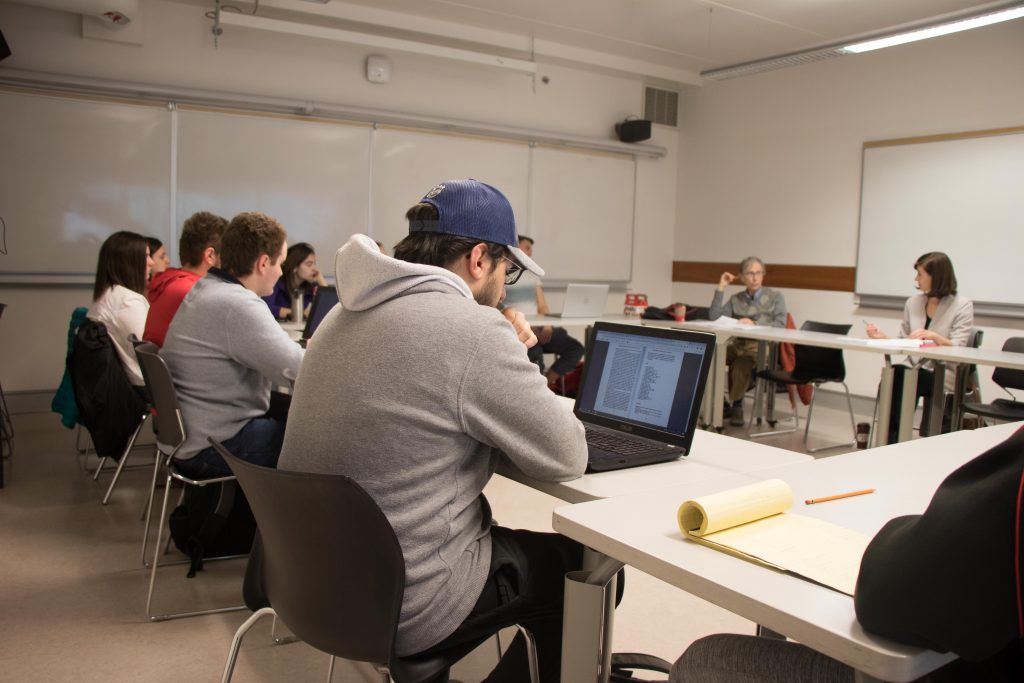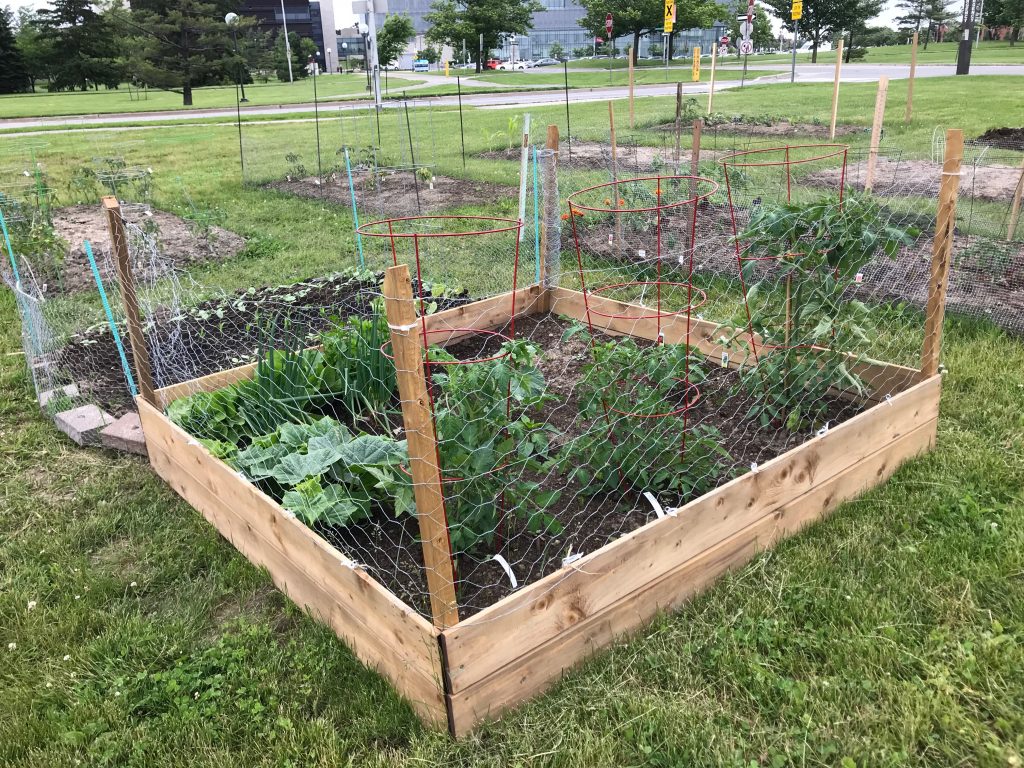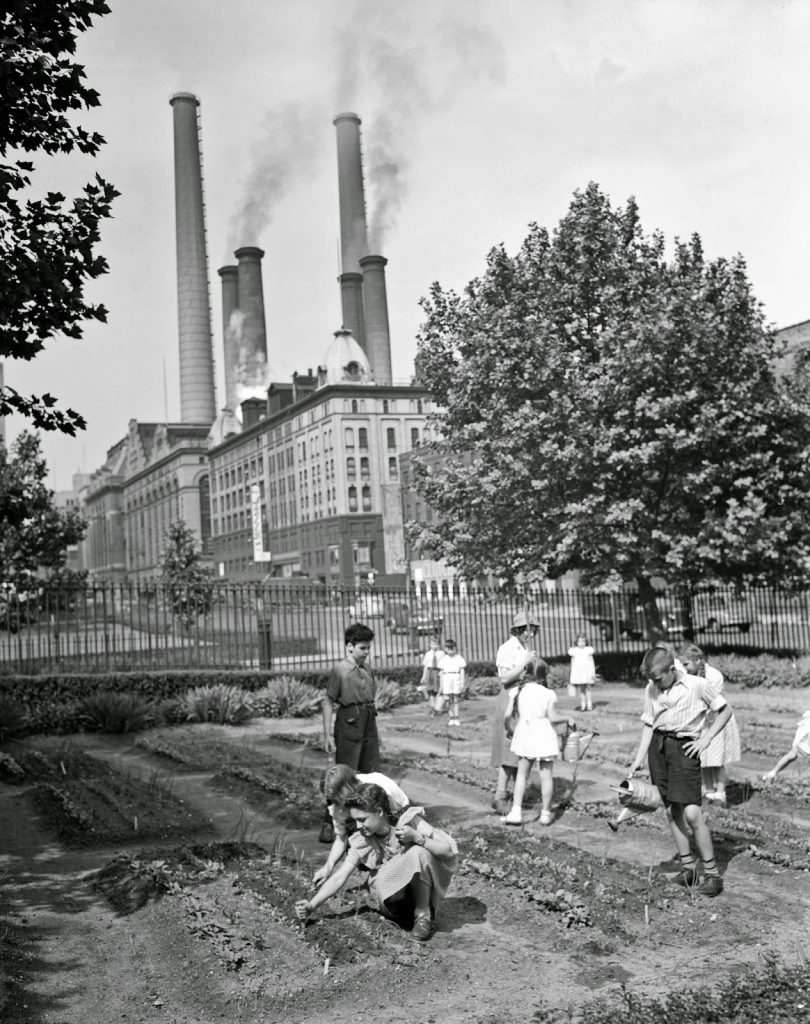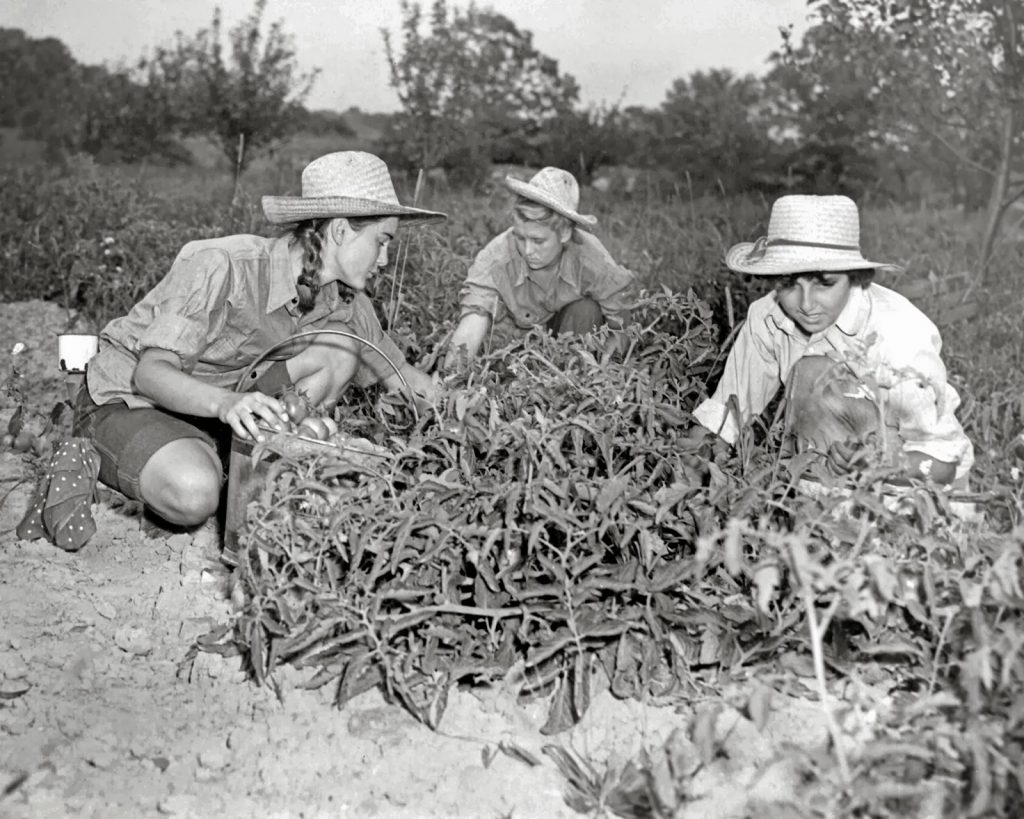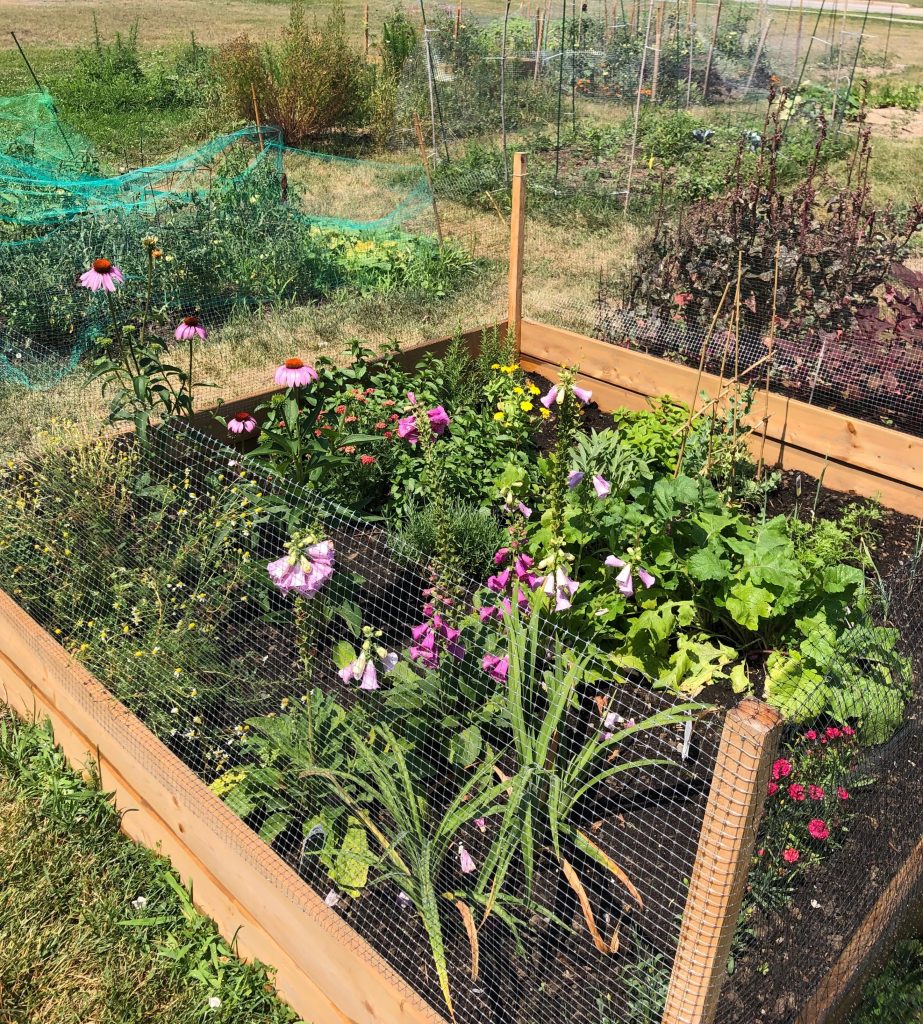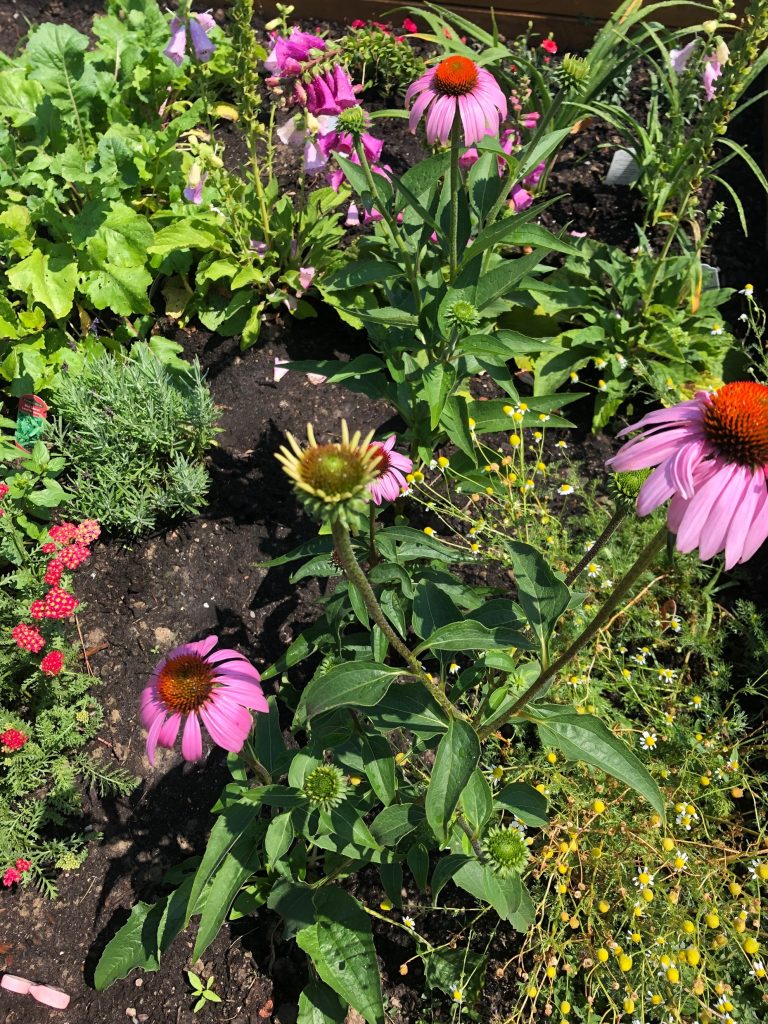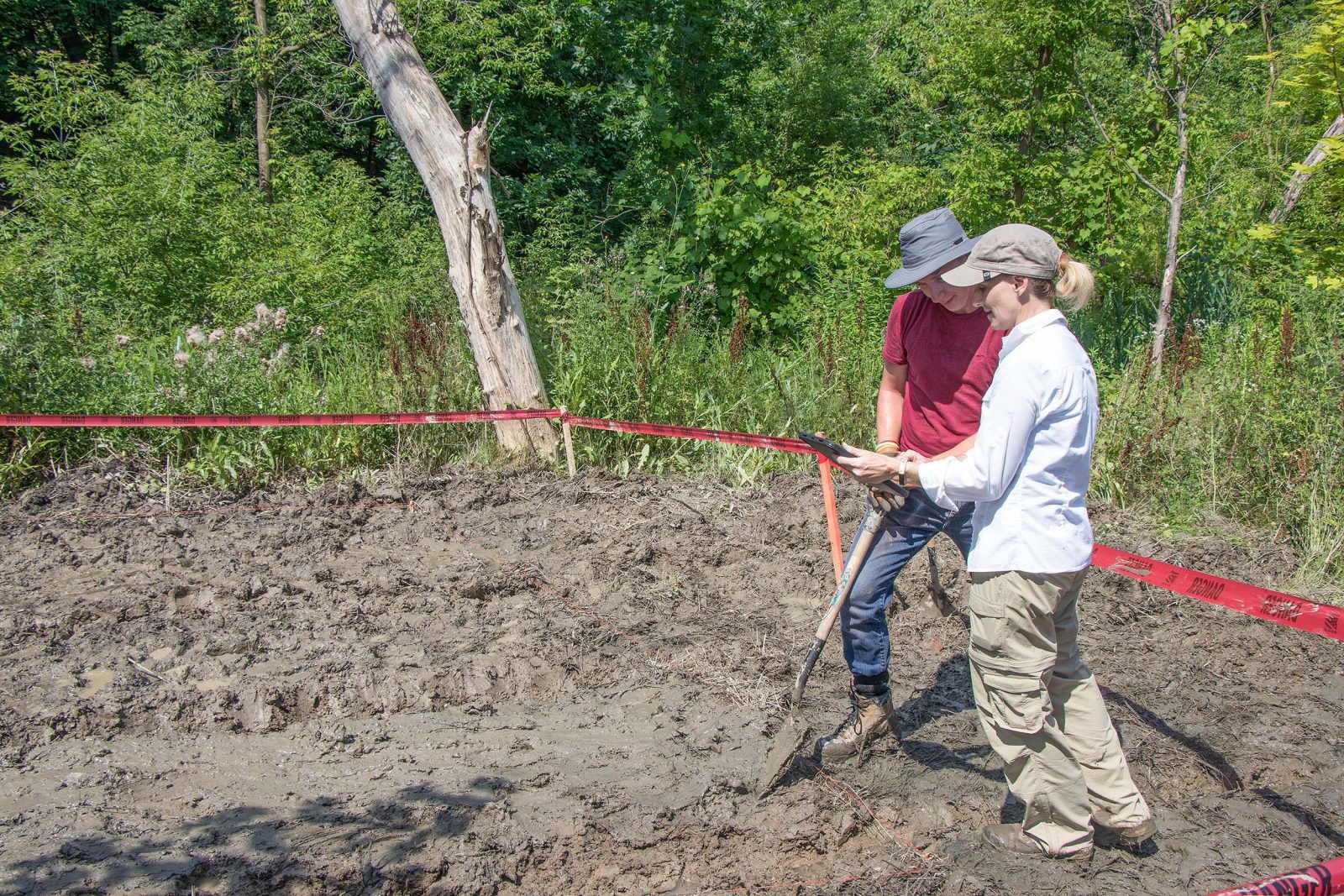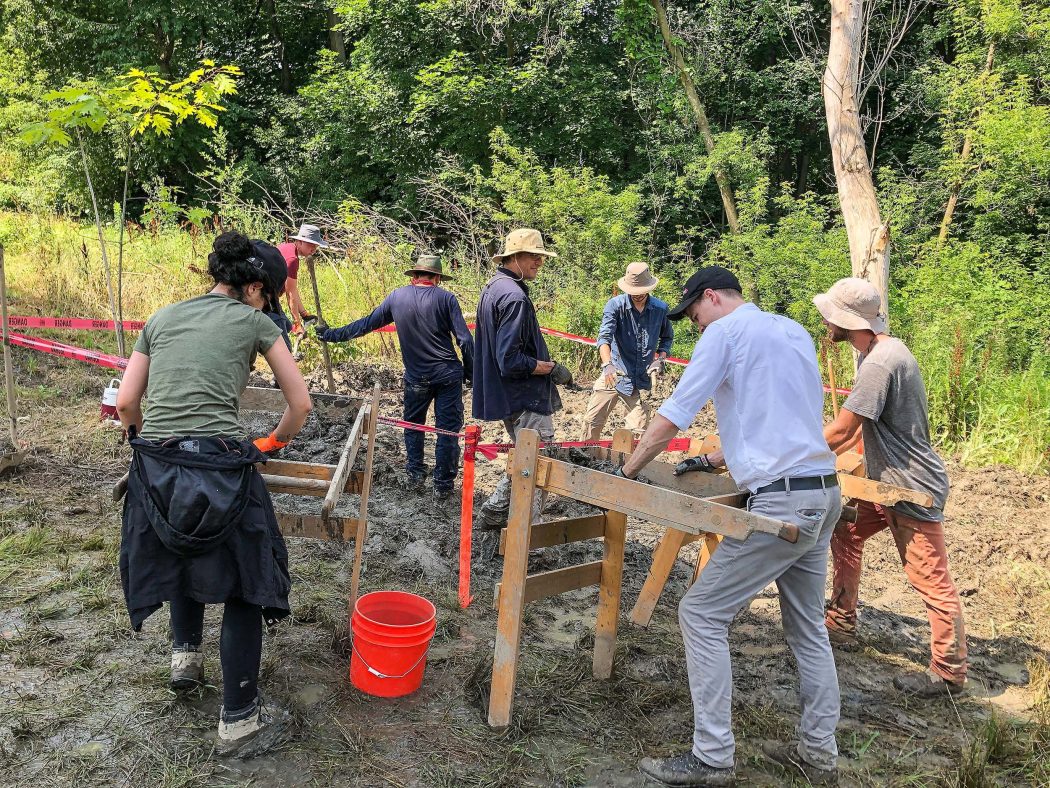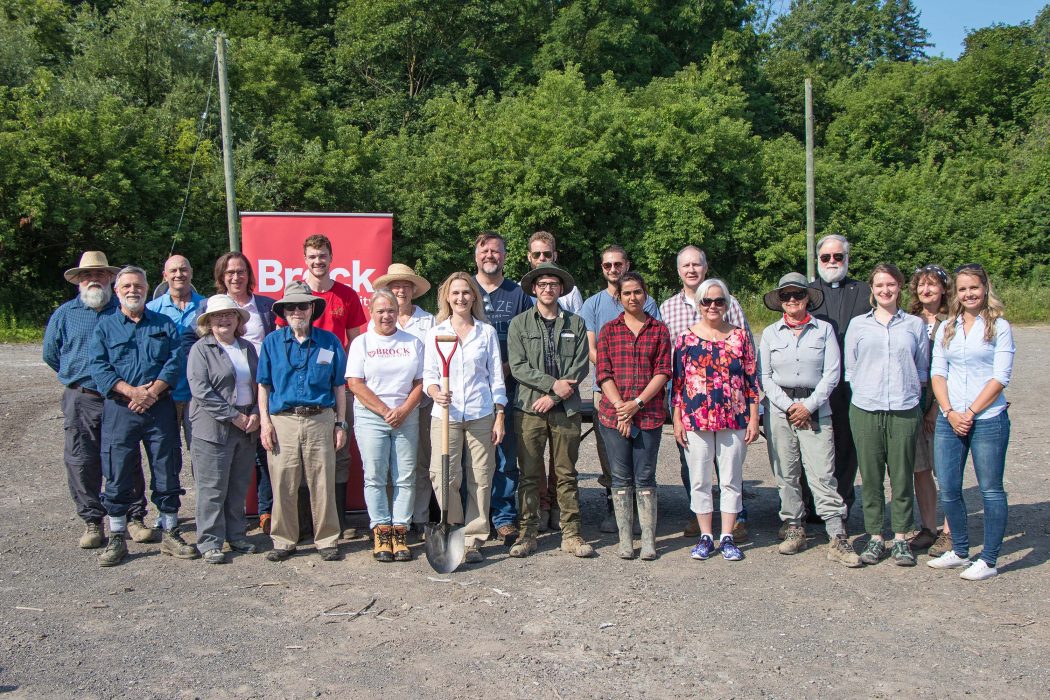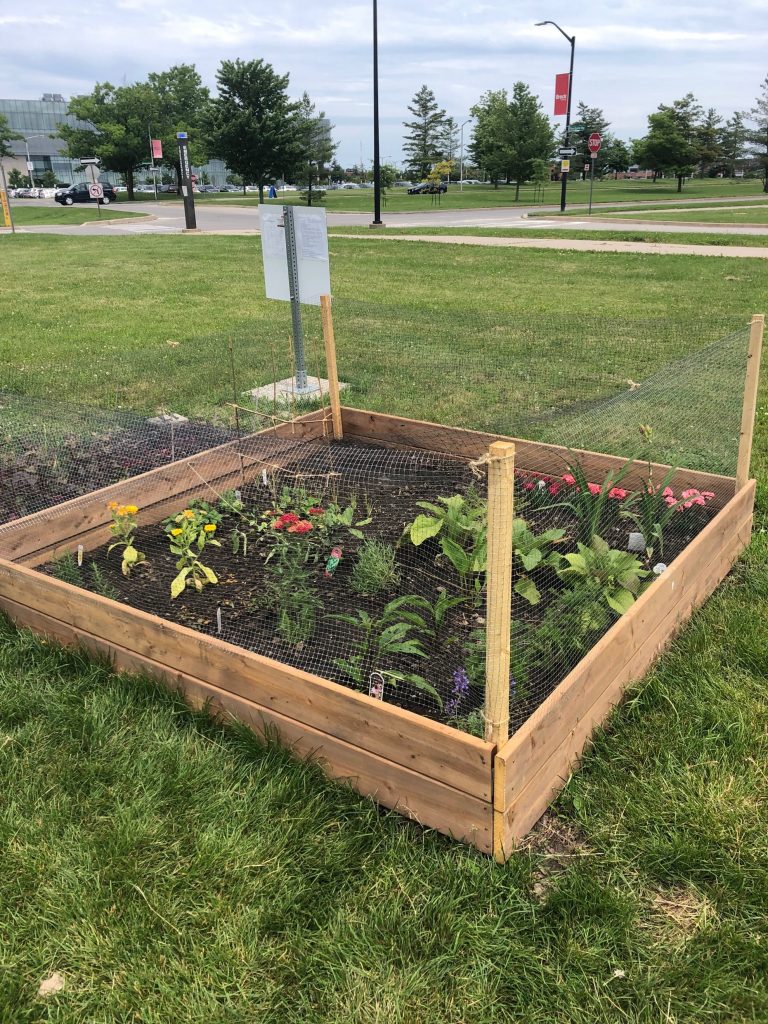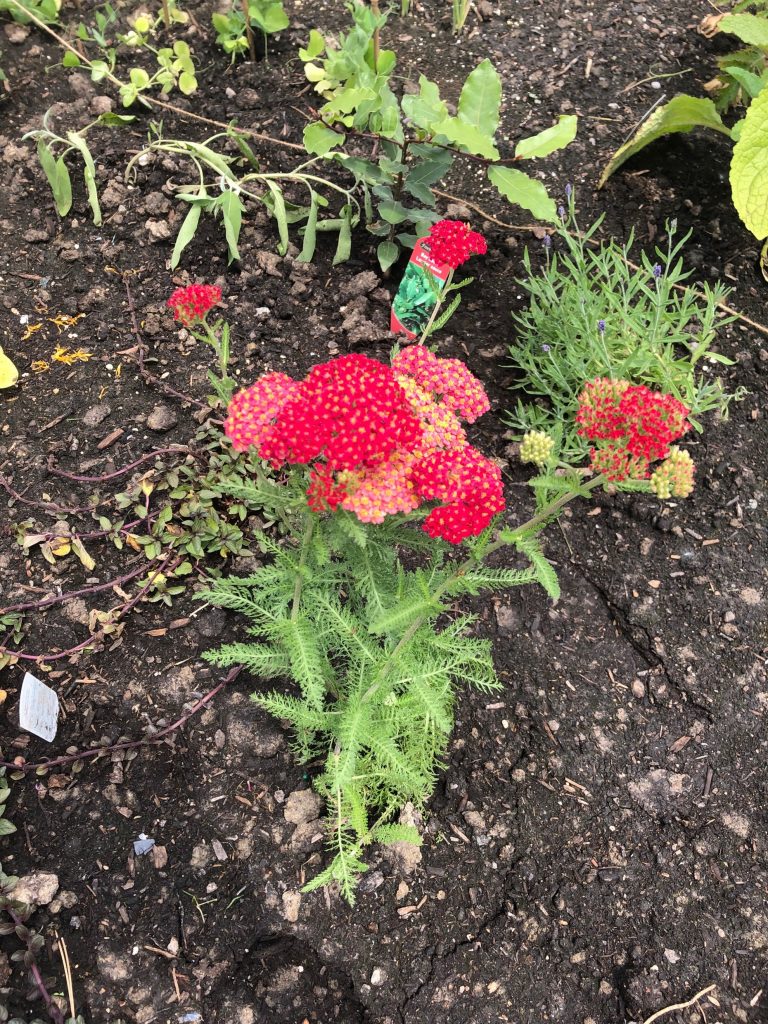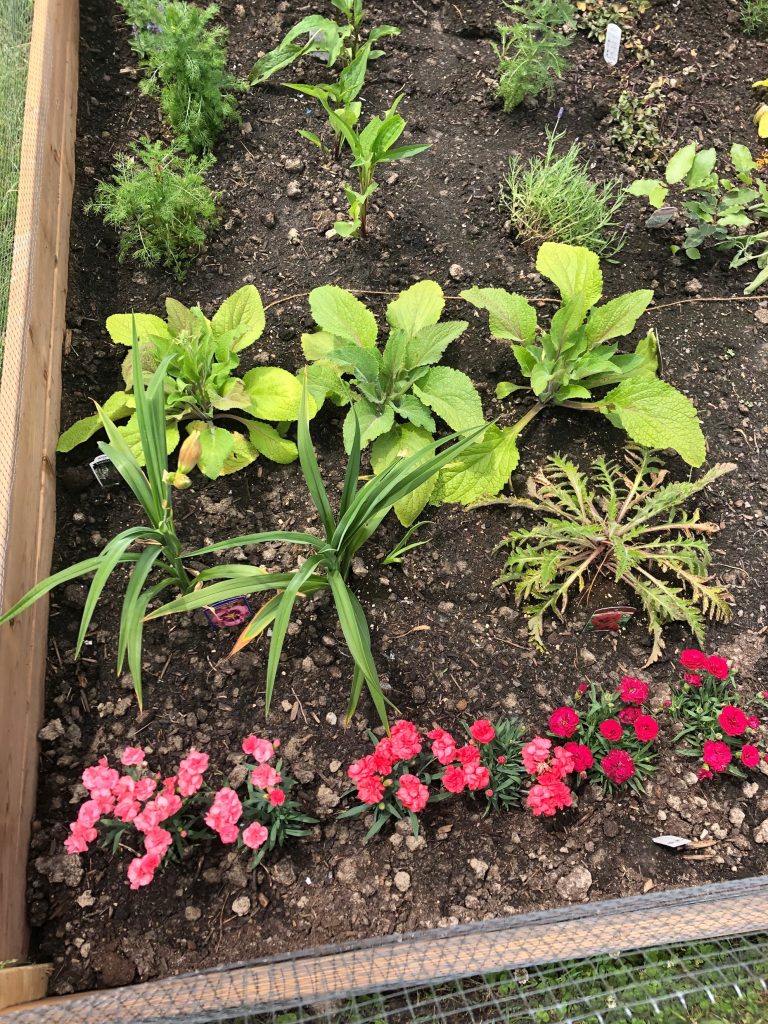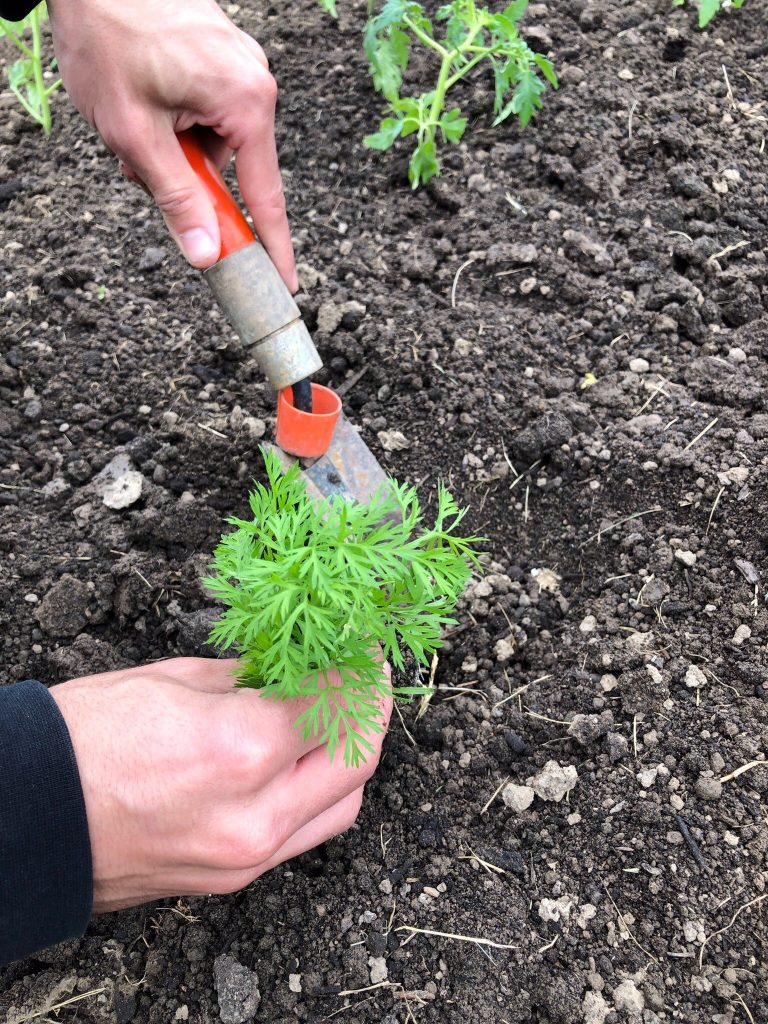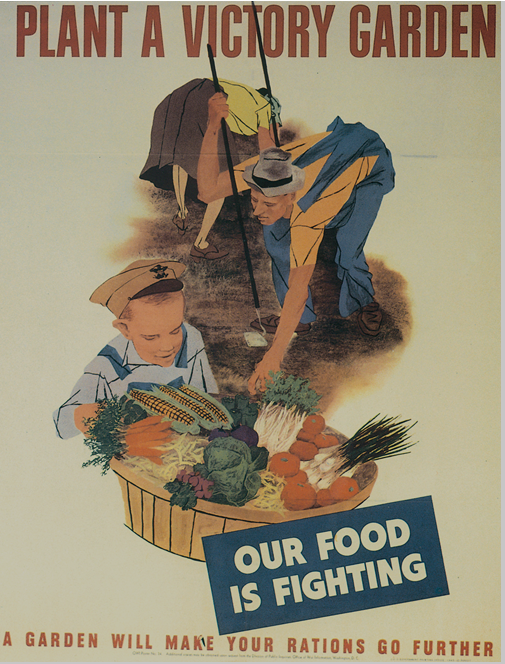Today’s post is brought to you by Mackenzie Roe, a third year Interactive Arts and Science student and this semester’s Social Media Intern.
Looking to get involved? Brock University offers many clubs under a vast selection of faculties that encourages students to get involved and make new experiences on campus. Clubs on campus are a great way to show the Brock community your talents and interests while also making new connections and potentially gaining helpful contacts for your future endeavors.

There are a lot of great clubs that could be of interest to students within the Faculty of Humanities. One of the many great clubs on campus include BUAS (Brock University Archaeological Society) which was founded in 1989 and is one of the oldest clubs that is still thriving at Brock. The club focuses on providing students historical knowledge and allowing them to partake in archival work, as well as fun monthly movie nights, where classic movies are displayed such as 300 and Hercules. BUAS also hopes to hold events such as wine tastings, a variety of enjoyable fundraisers and even festivals focused on classical plays.
“This year we are seeking opportunities in museum curation, conservation, and archaeological excavation. We are working on getting students involved in some archival work as well as working with artifacts,” says Liz Hoffer, this year’s president.
Liz, who is the President of BUAS, stated that BUAS is extremely fortunate to be a club that is supported by their department and because of this support they can work closely with Brock University Professors and other professionals.
Liz is enthusiastic about students joining the club because she knows the benefits that students could have if they were to get involved, such as opportunities to improve on their public speaking, networking skills and resume building.
BUAS has two symposiums which are held every year to connect with new students who wish to get involved. The first symposium takes place on Nov. 23. Students are given the opportunity to present an academic paper on a classical topic in front of peers, professors, and other members of the community.
The second Symposium is held on March 21, where experts in classics are invited to present on a topic of their interest. This year’s theme is “Sports in the Ancient World” and BUAS is expected to have guest speakers from all over North America.
These symposiums are a great way for Brock University students to have the opportunity to network with professionals and make connections with peers. They are an opportunity “to support students and aid them in building a resume that will make them competitive for graduate school, funding applications and beyond,” explains Liz.
Organizing the student symposium involves planning the venue and food. Students who wish to present at the symposium must submit an abstract for an academic paper focusing on a topic of classical relevance. The submitted paper then goes through an approval process. Those that are selected will have the opportunity to present their peer reviewed paper and then their participation counts as an academic presentation.
Students who have been selected to present can list the experience on their academic resume. BUAS members organize the academic symposium need to book a venue, organize food, speak with a variety of potential presenters from all over North America as well as take cost and accommodations for the speakers selected into consideration.
Students interested in joining the BUAS are encouraged to email buarchaeologicalsociety@gmail.com or contact their social media platforms listed below. Liz also added “Students are also always welcome to come visit the department of classics”, which can be a way to get involved in the Brock University community.
Brock University’s campus has many clubs that may be of interest to new or soon to be graduating students. Joining a club and making new connections is never too late! All of these clubs offered at Brock provide many different experiences, engagement with students and learning outcomes and promote future success, therefore it’s up to you to decide what fits your interests and join.
Listed below are all student clubs that might be of interest to students within the Faculty of Humanities;
——————————-
Brock University Archaeological Society (BUAS):
Twitter: https://twitter.com/brock_society
Instagram: https://www.instagram.com/brocku_archaeology/
Email: buarchaeologicalsociety@gmail.com
Other link(s): https://experiencebu.brocku.ca/organization/buas
——————————-
Westmarches Club:
Facebook: https://www.facebook.com/groups/1742828119373436/
Email: brockwestmarches@outlook.com
Other link(s): https://experiencebu.brocku.ca/organization/westmarches
——————————-
Game Research & Development Club:
Facebook: https://www.facebook.com/pg/GameResearch/about/?section=long_desc&tab=page_info
Twitter: https://twitter.com/Brock_GRDC
Instagram: https://www.instagram.com/brock_grdc/
Email: gamedevelopmentresearch@gmail.com
Other link(s): https://experiencebu.brocku.ca/organization/gameresearch
——————————-
Brock Photography Club:
Facebook: https://www.facebook.com/PhotographyBU
Twitter: https://twitter.com/BrockPhotoClub
Instagram:https://www.instagram.com/brockphotoclub/
Email: brockphotographyclub@gmail.com
Other link(s): https://experiencebu.brocku.ca/organization/brockphotographyclub
——————————-
Brock Musical Theatre:
Facebook: https://www.facebook.com/brockmusicaltheatre/
Twitter: https://twitter.com/brockmusicalt
Website: http://www.brockmusicaltheatre.com/
Email: brockmusicaltheatre@hotmail.com
Other link(s): https://experiencebu.brocku.ca/organization/BMT
——————————-
Brock Art Collective:
Facebook: https://www.facebook.com/groups/197378030398322/?ref=bookmarks
Email: brockartcollective@gmail.com
Other link(s): https://experiencebu.brocku.ca/organization/brockartcollective
——————————-
Brock Dance:
Facebook: https://www.facebook.com/BrockDanceClub
Twitter: https://twitter.com/brockdance
Instagram: https://www.instagram.com/brockdance/
Website: http://brockdance.com/index.html
Email: brockdance5678@gmail.com
Other link(s):https://experiencebu.brocku.ca/organization/brockdance
————————————-
Brock Improv:
Facebook: https://www.facebook.com/BrockImprovClub
Twitter: https://twitter.com/BrockImprov
Email: brockimprov@gmail.com
Other link(s):https://experiencebu.brocku.ca/organization/improv
——————————
Creative Writing Club:
Facebook: https://www.facebook.com/BrockUniversityCreativeWritingClub/
Email: brockwriters@gmail.com
——————————
Brock Philosophy Club:
Facebook: https://www.facebook.com/groups/137209639660208/
Other link(s): https://brocku.ca/humanities/philosophy/philosophy-students-club/
——————————-
Brock English Students’ Association:
Facebook: https://www.facebook.com/BrockESA
Twitter: https://twitter.com/brockESA
Email: brocku.esa@gmail.com
——————————-
Brock University Historical Society:
Facebook: https://www.facebook.com/brockhistoricalsociety/
Twitter: https://twitter.com/BrockHistorical
Instagram:https://www.instagram.com/BrockHistoricalSociety/
Website: https://brockubuhs.wordpress.com/news/
Email: brocku.buhs@gmail.com
Other link(s): https://brocku.ca/humanities/history/buhs/
——————————-
Brock Italian Club (BIC):
Facebook: https://www.facebook.com/groups/104751056301433/
Twitter: https://twitter.com/brockitalclub
Instagram: https://www.instagram.com/brockitalianclub/
Email: brockitalianclub@gmail.com
——————————-
Brock French Club:
Facebook: https://www.facebook.com/brockfrenchclub/
Twitter: https://twitter.com/BrockFrenchClub
Other: https://experiencebu.brocku.ca/organization/frenchclub
——————————-
Brock German Club:
Facebook: https://www.facebook.com/isaacbrockgermanclub/
——————————-
Parlanchín (Spanish Conversation & Cultural Exchange):
Email: parlanchin.brocku@gmail.com
——————————-
